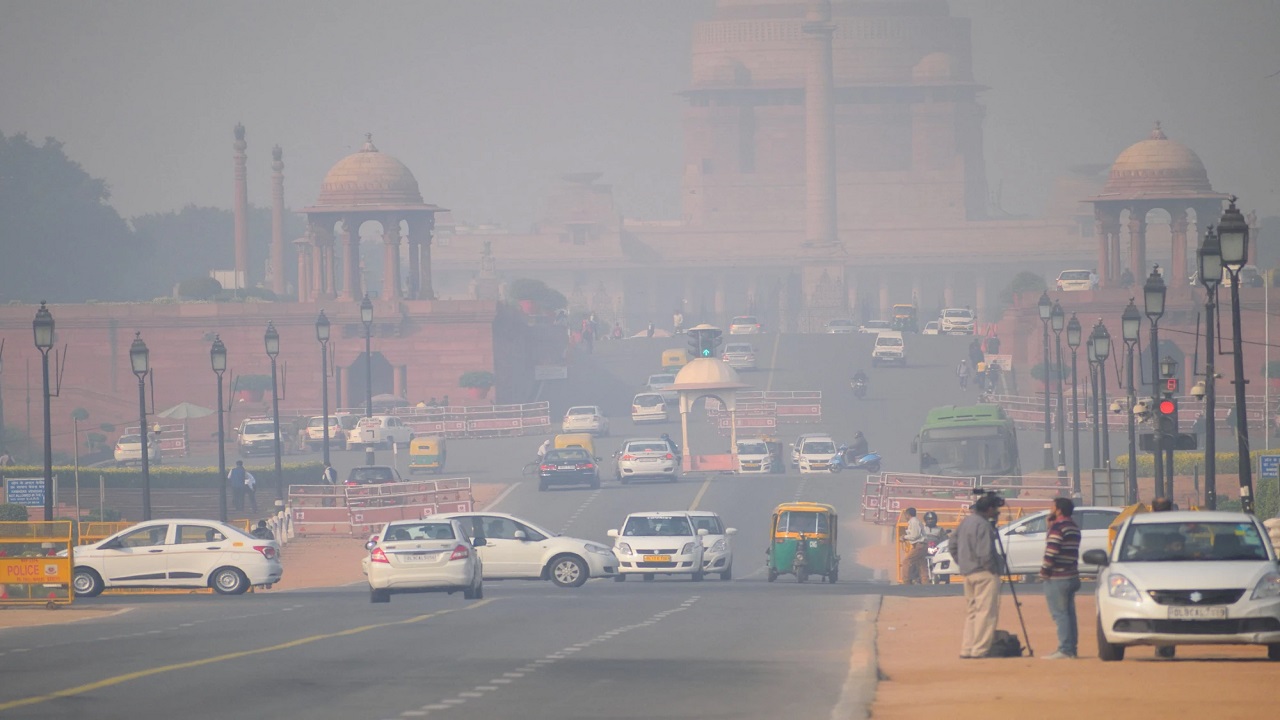India Meteorological Department (IMD): Celebrating 150 Years
Context:
On January 15, 2025, the India Meteorological Department (IMD), the nation’s primary weather forecasting agency, celebrated its 150th anniversary. Established in 1875, IMD has played a critical role in weather forecasting, seismology, and disaster management. Operating under the Ministry of Earth Sciences, it is a cornerstone in India's efforts to mitigate the impacts of weather-related events and improve climate resilience.
About IMD
Key Facts
- Established: 1875
- Headquarters: New Delhi
- Nodal Ministry: Ministry of Earth Sciences
- Mandate:
- Meteorological Observations: Collect weather data across India.
- Forecasting: Provide forecasts for weather-dependent sectors like agriculture, aviation, and shipping.
- Warnings: Issue alerts for severe weather phenomena (e.g., cyclones, heatwaves).
- Statistics: Offer data for national planning and industries.
- Research: Promote studies in meteorology and allied sciences.
Historical Background
- The IMD was founded in response to devastating cyclones in 1864, which struck Kolkata and the Andhra coast, causing significant loss of life and property.
- The absence of a structured atmospheric monitoring system led to its establishment.
- H.F. Blanford, the first Imperial Meteorological Reporter, began its operations.
- Under Gilbert Walker (appointed in 1903), the IMD advanced monsoon predictions and identified large-scale oscillations like El Niño.
IMD’s Journey Over 150 Years
Evolution and Milestones
- Began as a small organization with a single head; today, it operates permanent observatories and automated weather stations nationwide.
- Played a pivotal role in cyclone forecasting, especially after the 1999 Odisha super cyclone, leading to reduced casualties.
- Recognized as a Regional Climate Centre for South Asia, providing critical forecasts to 13 neighboring countries.
Technological Advancements (2014-2024)
- Doppler Weather Radars: Increased from 15 to 39.
- Automatic Weather Stations: Expanded to 1,208.
- Rainfall Monitoring Stations: Rose to 6,095.
- Satellite Monitoring: INSAT 3DR and 3DS provide round-the-clock weather updates.
- Forecast Accuracy:
- Heatwave prediction: Improved to 95% accuracy for two days in advance.
- Cyclone track prediction: Enhanced by 35-40%, leading to zero loss of human lives in recent events.
Notable Contributions
- Specialized Services:
- Support for elections, sporting events, and space launches.
- Early warnings for disasters, reducing human and economic losses.
- Global Collaborations:
- Contributes to the United Nations’ Early Warning for All program, aiding over 30 countries.
IMD’s Vision for the Future
Vision Document 2047
The IMD aims to become a weather manager and evolve its capabilities by 2047, the centenary year of India's independence.
Goals:
- Zero-Error Forecasts: Achieve hyper-localized accuracy (5-6 km resolution) for village-level predictions.
- Extended Forecast Accuracy:
- Five-day forecasts: 90% accuracy.
- 10-day forecasts: 70% accuracy.
- Eliminating Weather Fatalities: Minimize deaths from severe weather events within the next 20 years.
Weather Management Initiatives
- Mission Mausam:
- Inaugurated by PM Modi, focusing on weather modification.
- Cloud Seeding Research: Through the Cloud Chamber at IITM, Pune.
- Advanced Monitoring:
- Deployment of UAVs, IoT-based sensors, and regional climate reference stations.
- Round-the-clock upper atmosphere monitoring with satellites and radars.
Achievements and Impact
Enhanced Accuracy and Coverage
- Cyclone forecasting and disaster management have saved countless lives.
- Improved thunderstorm detection and rainfall prediction have mitigated economic losses.
Global Role and Recognition
- Serves as a model for meteorological services in South Asia.
- Actively participates in international initiatives to address climate change and disaster resilience.
Conclusion
The 150th anniversary of the India Meteorological Department is a moment to celebrate its legacy and achievements. From its establishment in 1875 to becoming a global leader in meteorology, the IMD has consistently safeguarded lives and supported India's growth. As it looks ahead to Vision 2047, the IMD is set to redefine weather management, ensuring a climate-smart and weather-ready India.




Comments (0)